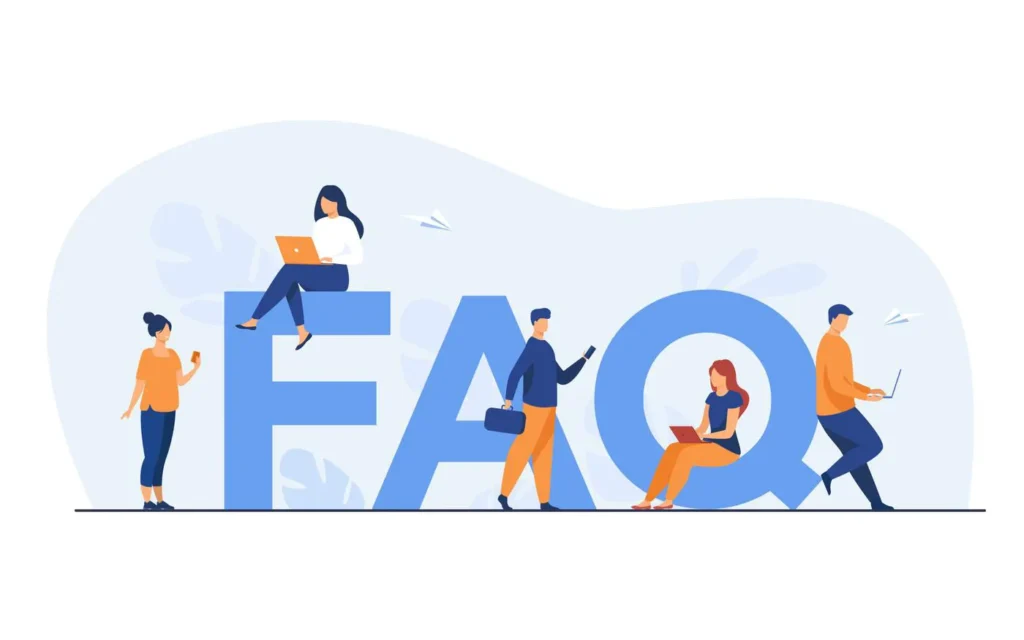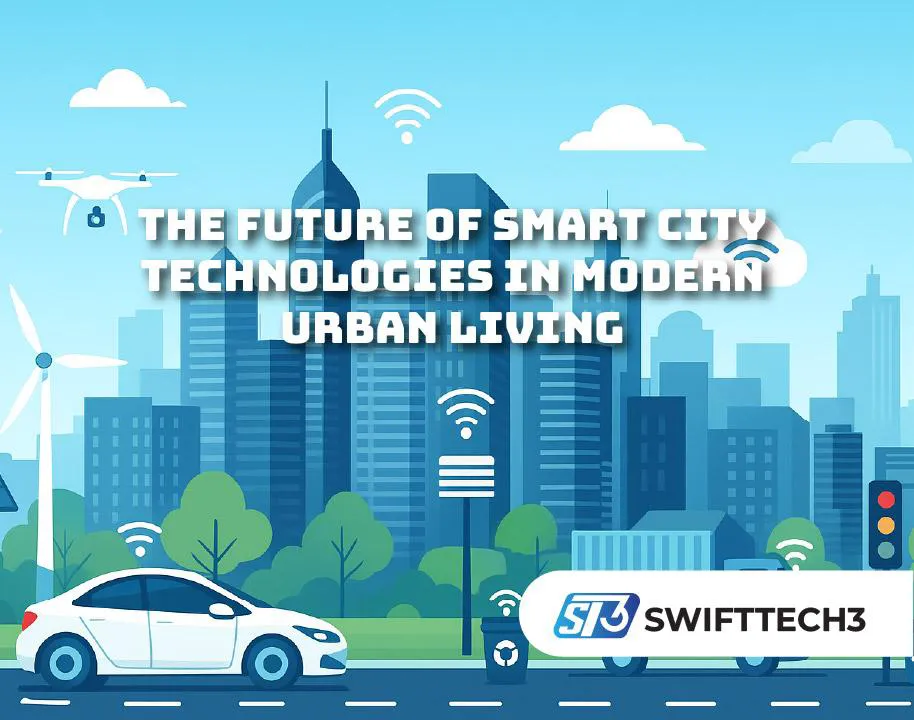Cities keep getting bigger every year, people are moving in, traffic is heavier, waste piling up, energy demand rising like crazy. That’s why Smart city technologies are becoming not just fancy things but like must-have tools. It’s all about using digital systems, sensors, AI and data networks to make cities more brighter, cleaner and just easier to live in.
It’s not science fiction anymore, like flying cars and neon lights, it’s real stuff already working in many citys across the globe. And trust me, if ur stuck in traffic for 2 hours or dealing with water shortages, u will feel how badly this tech is needed.
What We Mean by Smart City Technologies
So, what is it? Basically it’s connecting physical infrastructure (roads, buses, lights, power grids) with data and analytics. When street lights can sense movement and adjust brightness, that’s smart. When trash bins can send alerts to get collected only when full, that’s smart too.
The whole point is simple – reduce waste, improve safety, and give citizens better life quality. But yeah sometimes it sound too buzzwordy, like every city now wanna say “we are smart” even if only Wi-Fi installed in parks.
Real-World Smart City Use Cases
1. Traffic Management with AI
In Abu Dhabi, AI-powered traffic signals actually change based on live road situation. Instead of fixed timers, the green and red adapt automaticly. This reduces waiting, fuel waste, and even car pollution. Drivers save time, city saves money.
2. Smart Energy & Carbon Neutral Blocks
Germany is experimenting with entire districts that runs on renewable and energy-efficient housing. Smart meters keep track of usage and balance loads across households. It’s helping them reduce carbon emission and save money on bills too.
3. Flood Prediction with Digital Twins
India tested 3D Urban Digital Twin tech to simulate water flow in flood-prone areas. Before storm even hit, authorities know what neighborhoods will be under water. That makes response faster and less deadly.
4. Waste Management with IoT
Some cities are using self-driving garbage carts and even bins that ping city workers when full. Instead of roaming every street everyday, garbage trucks move only where needed. That saves fuel, time and cut noise pollution too.
Why Smart City Technologies is So Important
Honestly, life in big cities is getting harder. More pollution, congestion, and not enough resources. So the benefits are enormous:
- Faster response to emergencies like fire or accident.
- Cleaner air and reduced carbon footprint.
- More innovative energy use, so bills go down.
- More comfort in daily life, from public transport to waste services.
But yeah, it’s not all roses. High cost of installing these systems, privacy worries with cameras everywhere, and also risk that low-income people get left out cause they can’t afford new tech access.
The Pros and Cons
Pros:
- Make city life smoother and safer
- Save government cost long term
- Better environment with less pollution
- Stronger data for urban planning
Cons:
- High start-up investment, not all towns can afford
- Data collection may feel like spying
- Dependence on digital system can cause chaos if hacked
- Digital divide can create unfair access
Expert Insight and Authority
According to the U.S. Government Accountability Office (GAO), innovative city technologies can truly boost transport, safety and local economy, but they also warn about cybersecurity and privacy risk. If not handled with care, people may lose trust and oppose adoption.
So the trick is balancing innovation with public trust.
How Smaller Towns Can Start Smart
Not only mega-cities can go smart, smaller towns also can:
- Bright Lighting: Replace old bulbs with LED + sensors to cut bills.
- Digital Water Meters: Stop leaks and manage scarce water.
- Public Wi-Fi: So residents can connect to services.
- Pilot Programs: Start small with one neighborhood, then expand.
It’s better to grow step by step, not jump into full blown expensive project that fail.

FAQ’s
Yes, upfront it’s costly but in long run, savings on energy, waste and safety pay back.
That’s the biggest worry. Governments must ensure strict regulation, encryption and public transparency.
No, many small cities already using smart parking or bright lighting which is affordable.
Future Trends in Smart City Tech
- AI + Machine Learning – Predict traffic jams before they happen.
- 5G Networks – Superfast connections powering sensors everywhere.
- Self-driving public buses – Already tested in Finland.
- Blockchain for city contracts – To avoid corruption and improve trust.
- Green buildings with IoT sensors – To reduce wasted energy.
Conclusion – Making Cities Truly Smart
At the end, Smart city technologies isn’t about making city look futuristic with fancy apps. It’s about using tech to solve real human problems – traffic, pollution, energy, safety. If governments do it right, everyone wins: cleaner environment, faster services, less stress.
But if done wrong – without privacy protection, without inclusivity – it will just become another expensive tech showcase for the few. So the future of our cities depend on not just how clever the tech is, but how fair and human it is applied.


